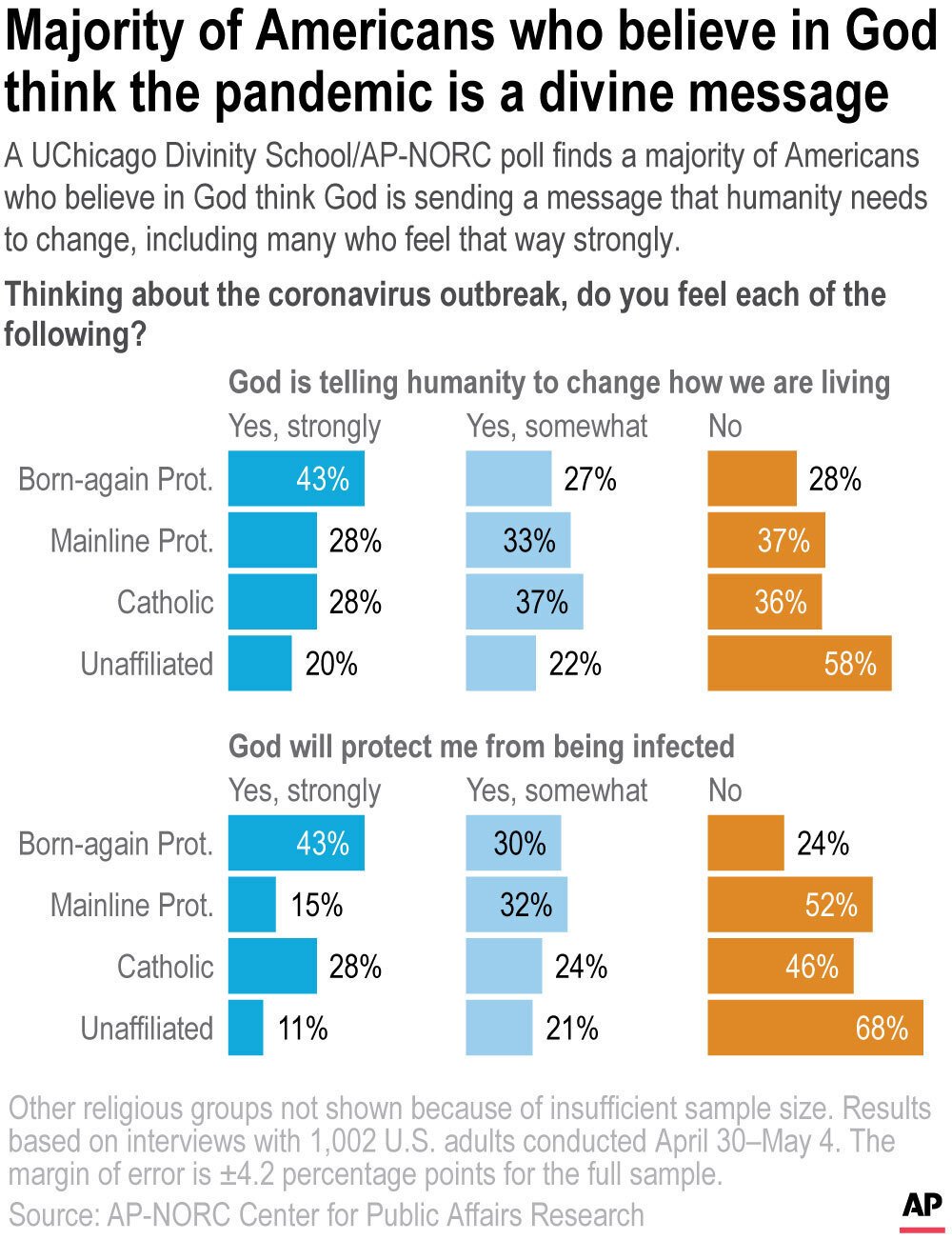There's an extensive system of haze layers in the bizarre hexagon on Saturn, a new study has found.

© Provided by Space A high-res, colorful view of Saturn's Hexagon.
(Image credit: NASA/JPL-Caltech/SSI/Hampton University)
"Saturn's Hexagon" is a swirling maelstrom at the planet's north pole that, as its name implies, has an odd, hexagonal shape. The hexagon is an ever-present cloud pattern that "stands" tall as an enormous, whirling tower on the planet. The phenomenon was first discovered in 1980 by NASA's Voyager spacecraft and was later on imaged in exquisite detail by the Cassini spacecraft, which orbited the planet from 2004 to 2017.
Now ina new study, scientists with the Planetary Science Group at the University of Basque Country used images from Cassini and the Hubble Space Telescope to show that Saturn's hexagon is more than just a geometric oddity. The feature has its own system of hazes layered on top of one another.
Related: Saturn's weird hexagon storms in stunning photos
"Saturn's Hexagon" is a swirling maelstrom at the planet's north pole that, as its name implies, has an odd, hexagonal shape. The hexagon is an ever-present cloud pattern that "stands" tall as an enormous, whirling tower on the planet. The phenomenon was first discovered in 1980 by NASA's Voyager spacecraft and was later on imaged in exquisite detail by the Cassini spacecraft, which orbited the planet from 2004 to 2017.
Now ina new study, scientists with the Planetary Science Group at the University of Basque Country used images from Cassini and the Hubble Space Telescope to show that Saturn's hexagon is more than just a geometric oddity. The feature has its own system of hazes layered on top of one another.
Related: Saturn's weird hexagon storms in stunning photos

© Provided by Space A view of the layers in Saturn's Hexagon. (Image credit: UPV/EHU)
In 2015, Cassini's main camera snapped high-resolution images of Saturn that revealed the hazes above the clouds in the hexagon. Fifteen days later, the Hubble telescope also took a look at the planet and its strange hexagon. Using these images, the team was able to understand more about the layers of hexagon hazes spotted by Cassini.
"The Cassini images have enabled us to discover that, just as if a sandwich had been formed, the hexagon has a multi-layered system of at least seven mists that extend from the summit of its clouds to an altitude of more than 300 km [186 miles] above them," Agustín Sánchez-Lavega, a professor at the University of Basque Country who led the study, said in a statement. "Other cold worlds, such as Saturn's satellite Titan or the dwarf planet Pluto, also have layers of hazes, but not in such numbers nor as regularly spaced out."
The researchers found that each of these haze layers is approximately between 4.3 and 11 miles (7 and 18 kilometers). The team thinks that because of the drastic freezing temperatures in Saturns atmosphere (which range from minus 184 degrees Fahrenheit to minus 292 degrees F (minus 120 degrees Celsius to minus 180 degrees C)) there are likely frozen crystalline particles made up butane, acetylene or even propane in the cloud structure.
Now, this wasn't the first time these hazes have been spotted and studied but, with this work, these researchers have not only studied these layers closer, but they also suggest that the hazes are vertically distributed based on oscillations in density and temperature in Saturn's atmosphere caused by a gravitational pull. "Gravity waves" like this happen on other planets too, even on Earth with jet streams traveling in the atmosphere.
While Saturn's hexagon is still not completely understood, by understanding phenomena like Saturn's hexagon better, researchers hope to better understand not only this strange cloud pattern on Saturn but also atmospheric phenomena that happen here on our home planet, according to the same statement.
This work is detailed here in the May 8 edition of the journal Nature Communications.
In 2015, Cassini's main camera snapped high-resolution images of Saturn that revealed the hazes above the clouds in the hexagon. Fifteen days later, the Hubble telescope also took a look at the planet and its strange hexagon. Using these images, the team was able to understand more about the layers of hexagon hazes spotted by Cassini.
"The Cassini images have enabled us to discover that, just as if a sandwich had been formed, the hexagon has a multi-layered system of at least seven mists that extend from the summit of its clouds to an altitude of more than 300 km [186 miles] above them," Agustín Sánchez-Lavega, a professor at the University of Basque Country who led the study, said in a statement. "Other cold worlds, such as Saturn's satellite Titan or the dwarf planet Pluto, also have layers of hazes, but not in such numbers nor as regularly spaced out."
The researchers found that each of these haze layers is approximately between 4.3 and 11 miles (7 and 18 kilometers). The team thinks that because of the drastic freezing temperatures in Saturns atmosphere (which range from minus 184 degrees Fahrenheit to minus 292 degrees F (minus 120 degrees Celsius to minus 180 degrees C)) there are likely frozen crystalline particles made up butane, acetylene or even propane in the cloud structure.
Now, this wasn't the first time these hazes have been spotted and studied but, with this work, these researchers have not only studied these layers closer, but they also suggest that the hazes are vertically distributed based on oscillations in density and temperature in Saturn's atmosphere caused by a gravitational pull. "Gravity waves" like this happen on other planets too, even on Earth with jet streams traveling in the atmosphere.
While Saturn's hexagon is still not completely understood, by understanding phenomena like Saturn's hexagon better, researchers hope to better understand not only this strange cloud pattern on Saturn but also atmospheric phenomena that happen here on our home planet, according to the same statement.
This work is detailed here in the May 8 edition of the journal Nature Communications.









